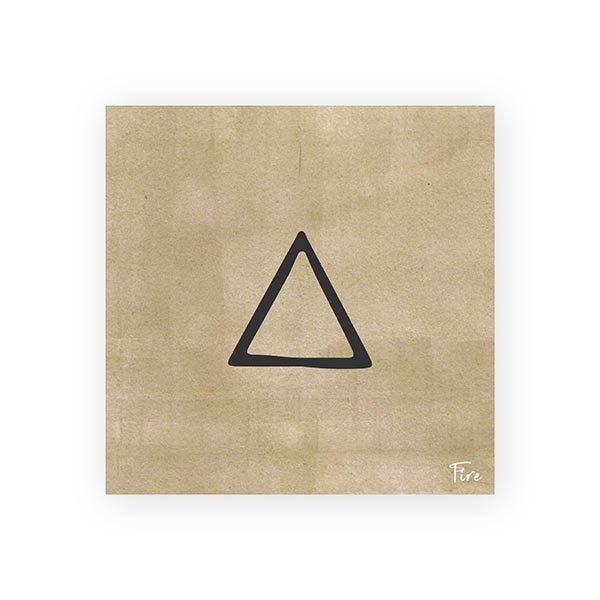Yoga
The Yoga Sūtra of Patañjali is a collection of 196 Sanskrit sutras on the theory and practice
Yoga Philosophy:
The Yoga Sūtra of Patañjali is a collection of 196 Sanskrit sutras on the theory and practice of yoga. It was compiled around 500 BCE by the sage Patanjali, and is the most translated ancient Indian literature. Patañjali divided the Yoga Sutras into four books, containing all 196 sutras/verses.
Purpose of Yoga:
योगश्चित्तवृत्तिनिरोधः ॥२॥
yogaś citta-vṛtti-nirodhaḥ — Yoga Sutras 1.2
This verse translates as “Yoga is the inhibition (nirodhaḥ) to the modifications (vṛtti) of the mind (citta)”.
Trikaya and Panchkosha
The Trikaya:
Yoga philosophy, tells us that our body is actually made up of three bodies:
- The physical body/etheric body
- The astral body/emotional body
- The causal body/mental body
The Trikosha:
Within these three bodies are five sheaths or ‘kosha’:
- Annamaya kosha, the food sheath
- Pranamaya kosha, the vital sheath
- Manomaya kosha, the mental sheath
- Vigyanamaya kosha, the wisdom sheath
- Anandamaya kosha, the bliss sheath
Our aim in yoga is to connect with the anandamaya kosha – when we reach that inner place where everything is silent and calm, we are in Anandamaya kosha.
When the koshas are removed, no individuality remains. This state of “nothingness,” “nirvana”, is a state of being.
Panch Mahabhuta:
The word pancha-mahabhuta is made up of three words: ‘Pancha’ means five, ‘maha’ means great and ‘bhuta’ means that which exists. Each individual has a unique panchabhautik constitution. This constitution remains in state of equilibrium in health and any imbalance results in disease.

Each Panch-mahabhuta can be assessed by following characteristic feature:
| Elements | Characterstics | Predominant effect |
| Aakash | Free flow | space between & within each and every particle |
| Vaju | Mobility | movement of particles contained in all material |
| Agni | Heat | Temperature of each and every material |
| Jal | Liquidity | Integrity and adherence of the particles or cells |
| Prithvi | Roughness | Mass/weight of every material |
The Functions of Panch-mahabhuta
Each mahabhuta has a dominant inherent function related to the sense organs.
| Mahabhuta | Dominant function | Additional functions |
| Aakash | sound, shabad | · |
| Vayu | Touch, sparsh | Sound |
| Agni | Vision, rupa | Sound; touch |
| Jala | Taste, rasa | Sound; touch; vision |
| Prithvi | Smell, gandha | Sound; touch; vision; taste |
Patanjali defines yoga as having eight limbs:
- Yamas, ethical vows, considered as moral imperatives.
- Niyama – virtuous habits, behaviours and observances.
- Āsana – physical postures
- Prāṇāyāma – control of the Prana, breath
- Pratyahara– withdrawal of the senses
- Dhāraṇa– concentration
- Dhyāna– meditation
- Samādhi– absorption

Contact Us
Location
Sector 19, Chandigarh
Make an Appointment
soham_info@sohamhealing.org
Open Hours
Monday - Friday: 10am - 6pm
